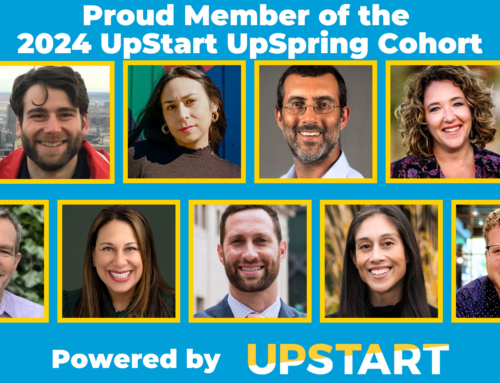March 21, 2016 | eJewish Philanthropy
By Maya Bernstein
The article recommends that managers create environments in which team members can build “psychological safety;” in which they can share their emotions openly and honestly, connect to a deep sense of purpose, and listen better to one another. The problem is that it is unclear exactly how to create such environments. The upcoming Jewish holiday of Purim hints at ways in which we can create the kinds of psychologically safe environments that are so crucial for effective teams:
1. Be Yourself: The high point of the Megillah is Ester’s admission to King Ahashverosh that she is, in fact, a Jew. She engaged in very thoughtful and deliberate planning for that moment – preparing herself, gaining support, and carefully choreographing the environment in which she shares this deeply personal information. Ester should be a model for how to bring our vulnerable and fullest human selves into our professional environments. We should strive to share what truly matters to us, and which is relevant to those with whom we are working. And, we should be extremely thoughtful about the time, place, and delivery of our divulgences. These elements are crucial as we strive to create and model work environments in which we can be our vulnerable selves, and, ultimately, be more effective in achieving our goals.
2. Be Playful: Why do we dress in costumes on Purim? Is it some historical, Mardi-Gras-like influence, prevalent in cultures around the world during early spring? Is it the connection to the Megillah, in which things appear to be going one way, but then turn around completely? Do we dress up to physically manifest that things are not always as they seem? Regardless of the reason, the opportunity to dress up in costume, to try on other identities, to joke and laugh, provides an opportunity to show a profoundly different side of ourselves.
This makes Purim a powerful culture-builder. Once you’ve worn a pink wig with someone, you’re more willing to be yourself with them, to be creative, and to take risks. Ironically, this “topsy turvy” play, in which we allow ourselves not to be ourselves, creates a group environment of deeper psychological safety. What if we allowed ourselves, in our professional environments, to be more playful? What if we baked “play” into the systems and culture of our organizations? [More suggestions about ways in which to create more playful environments are articulated in a recent article I wroteabout improv theater
3. Be Connected: The other core elements of the Purim celebration – giving and receiving gifts of food, contributing financially to those who are less fortunate, and sharing in a joyful meal – connect people and create community, the very element that good teams seem to share.
- Mishloach Manot – in which people share food with one another, serves as a metaphor for the importance of ensuring that each individual on the team has a voice. We both give and receive unique Mishloach Manot. Our teams should allow for this kind of exchange of ideas, in which everyone on the team can contribute in a unique and valued way which contributes to the whole.
- Matanot L’Evyonim – contributions to the vulnerable, represents how important it is to notice who might be in particular need of extra support. On Purim, we give financially to those in needs. On our teams, this concept emphasizes the importance of being sensitive to the vulnerabilities of various team members, and the importance of working together to maximize the team’s contribution. This means taking care of one another, and supporting one another in moments of difficulty or need.
- Finally, the Seudah – the Purim meal – is a reminder that one way to create powerfully connected teams is to simply share food together. What if we were to eat on a regular basis with our colleagues? What if we even prepared food together, and shared meaningful content at the meal? This seemingly inconsequential activity can have enormous positive effects on the team’s culture and feelings of care for one another.
These core elements of Purim are an elegant outline for achieving what Google is still striving to figure out – how to optimize team connectivity, creativity, and productivity. We need not create the algorithm from scratch – we as a Jewish community have it right here, in our loudest and wildest holiday. Purim is our very own blueprint for the heightened social sensitivity and human bonds that professional teams need.
Maya Bernstein is an Associate at UpStart, which partners with innovators to redesign the experience and expression of Jewish life.
Our purpose is to enable entrepreneurs to bring bold Jewish ideas to light. We help them reach Up to people in new ways that are meaningful, more inclusive, and create a brighter future for our Jewish community and the world we share.




